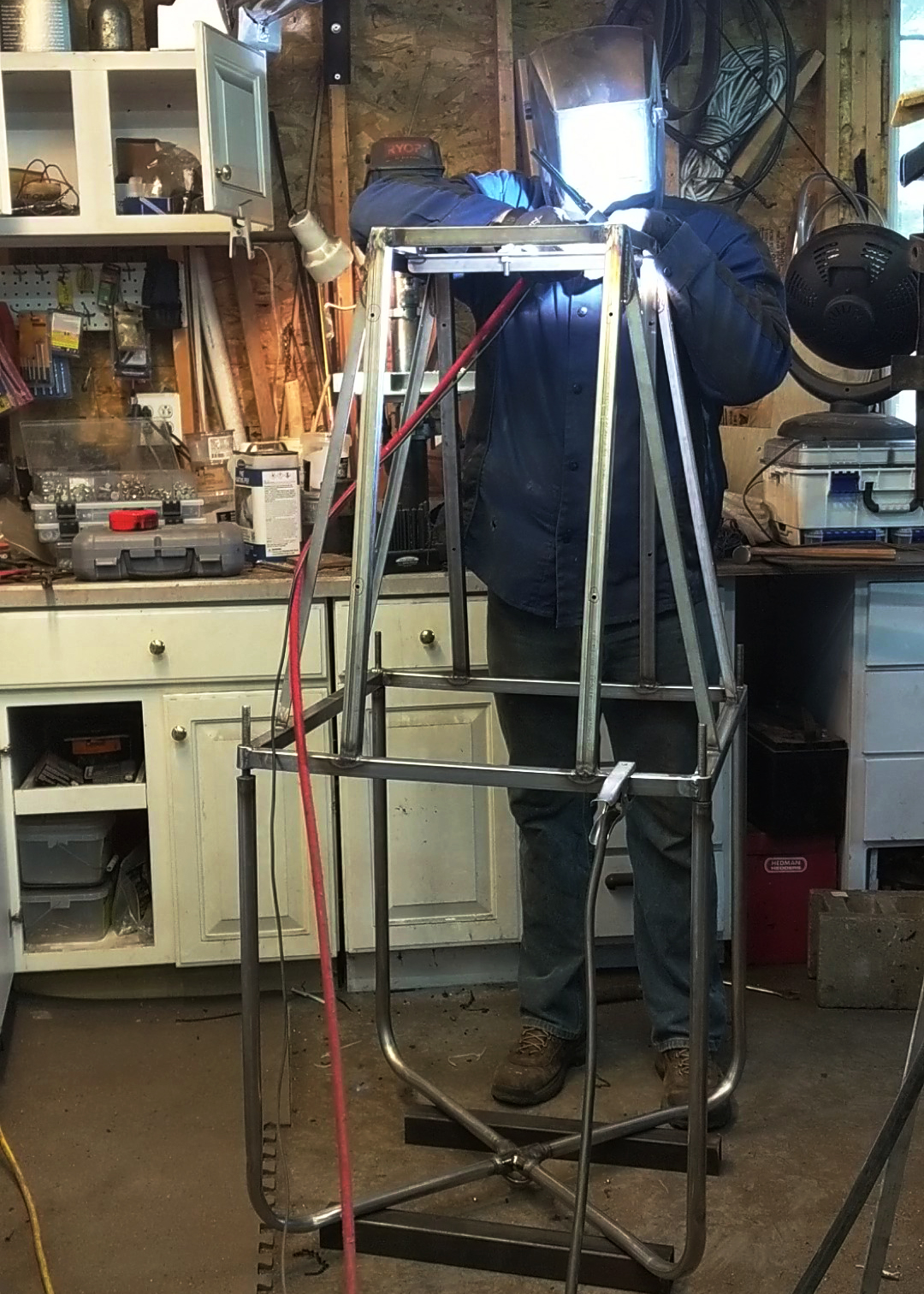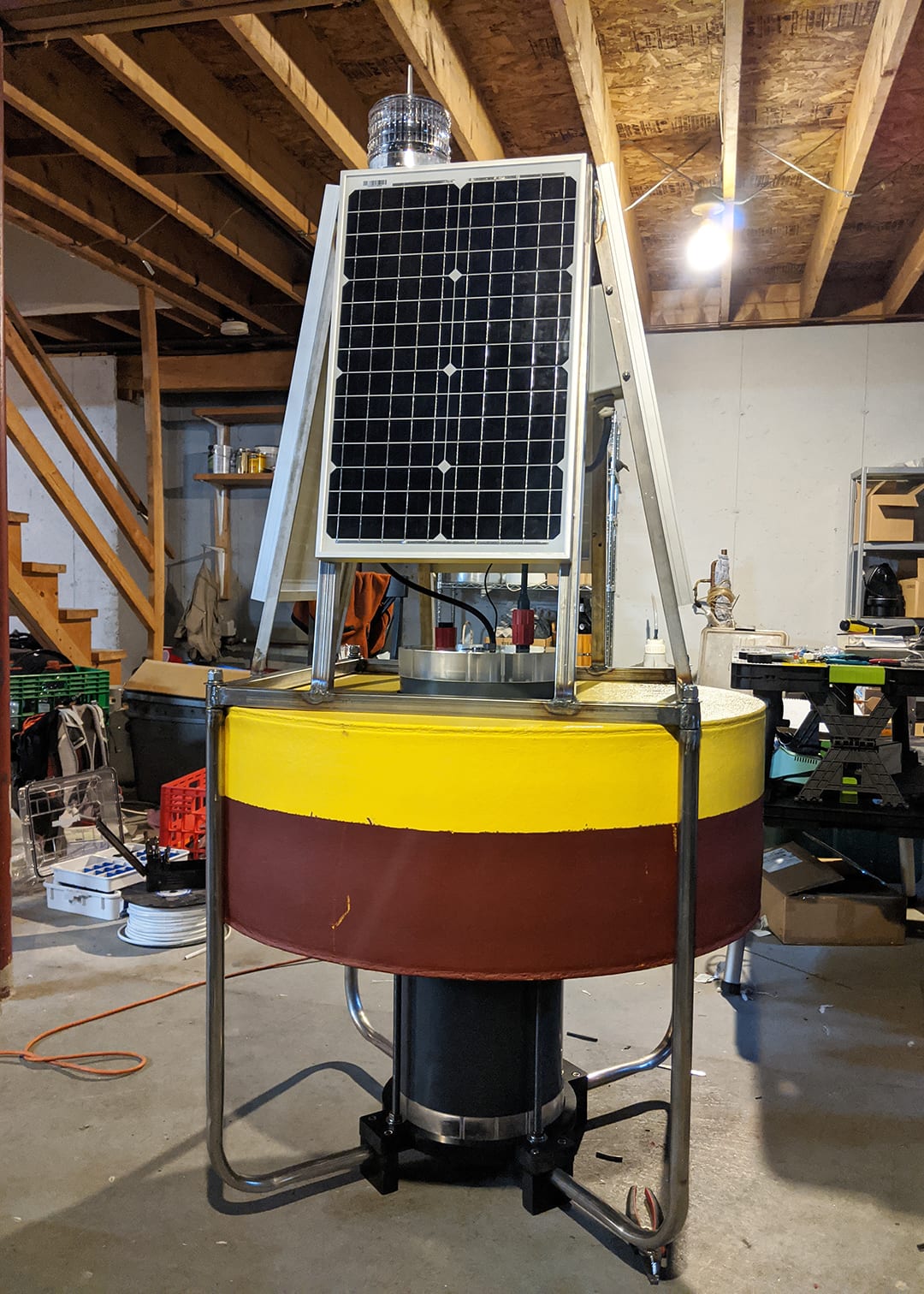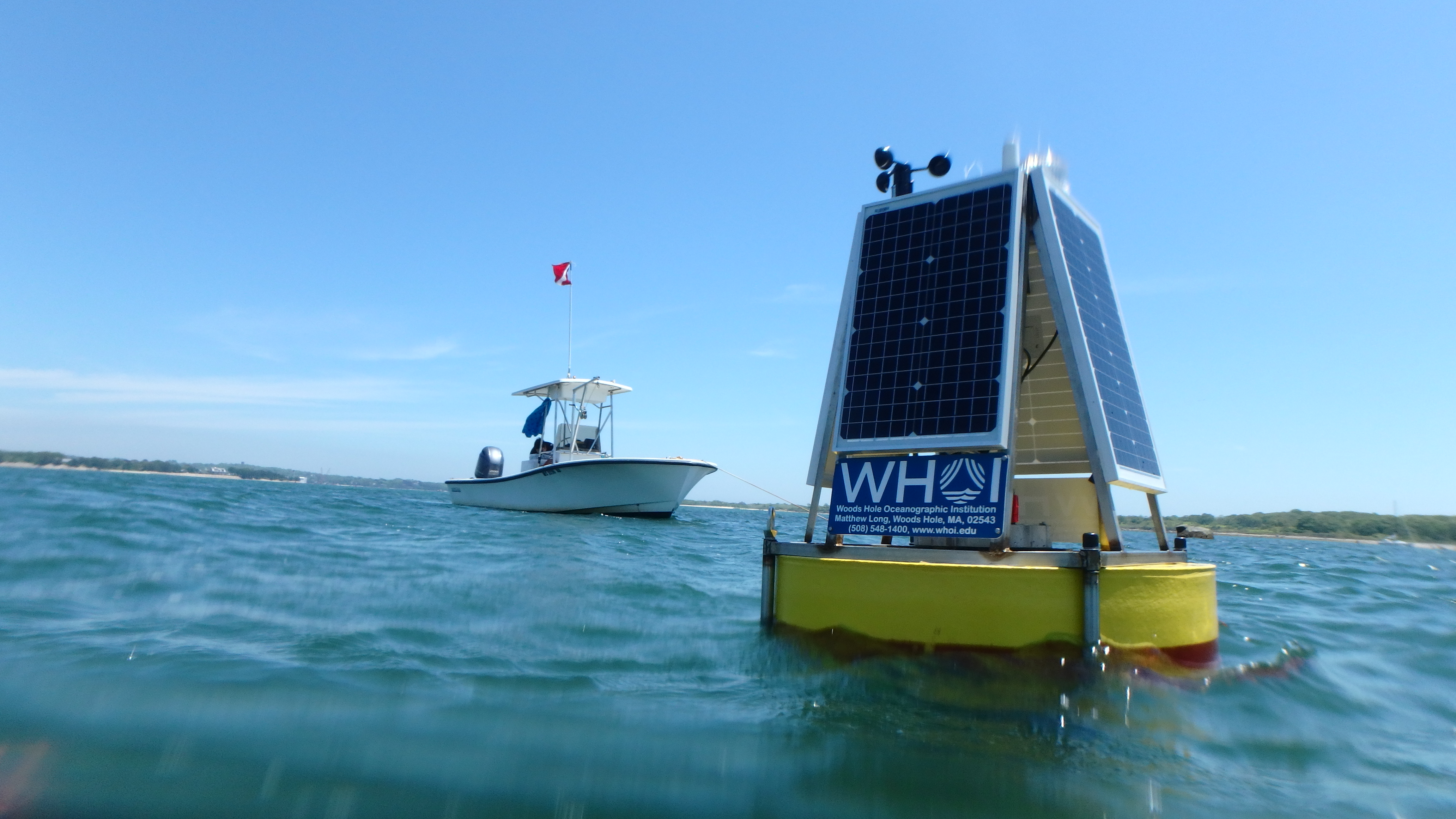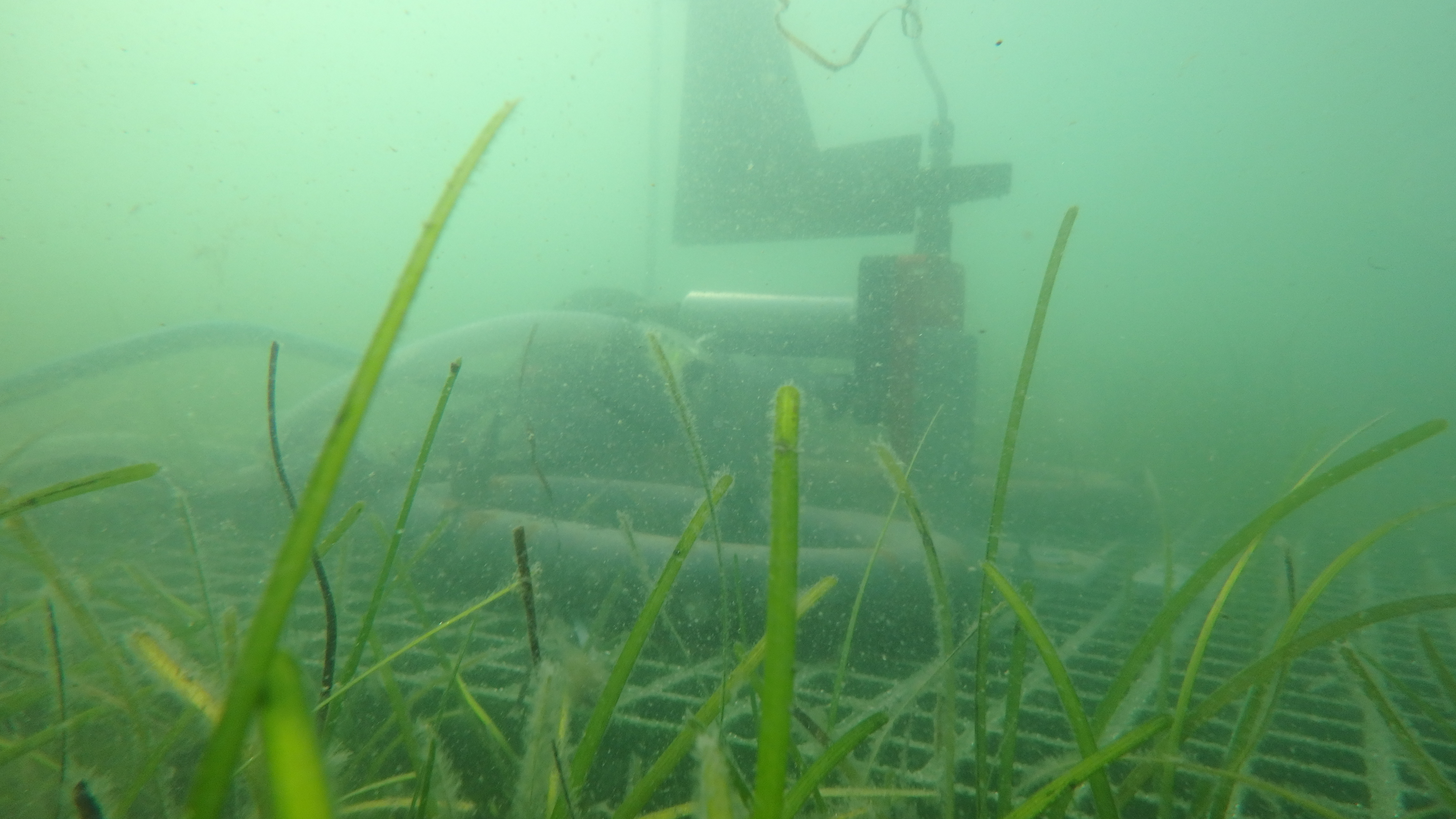Technology for the Evaluation of Blue Carbon Storage in Coastal Marine Ecosystems (See how we continued work on this project during COVID19)
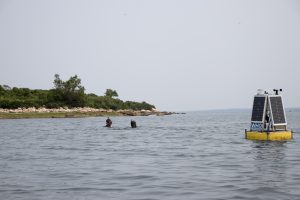
The ability to measure carbon cycling in the marine ecosystems is fundamental to our understanding of ocean processes but also to the increasingly important interactions between the atmosphere, climate, and future changes. Vegetated coastal ecosystems cover only 0.2% of the ocean, yet they are disproportionally important in sequestering organic carbon, or Blue Carbon, relative to other ecosystems (McLeod et al. 2011; Najjar et al. 2012), and may account for as much as 50% of all the carbon buried in marine systems (Duarte et al. 2013). Although less abundant than saltmarshes or mangrove ecosystems, seagrass meadows represent important sites of organic carbon accumulation that may account for as much as 15% of that buried carbon. Further, seagrasses provide crucial ecological services, including production of organic carbon, nutrient cycling and sediment stabilization, and form essential habitat for economically important fisheries, yielding some of the most valuable ecosystems on earth (US $19,000 ha-1 yr‑1), some 3x that of coral reefs (Costanza et al. 1997; Barbier et al. 2011).
Terrestrial and nearshore carbon exchange (e.g. in forests, mangroves, saltmarshes) is continuously evaluated by hundreds of flux towers across the world that employ the atmospheric eddy covariance technique to measure the exchange of gaseous carbon dioxide (CO2). Recently, this technique has been adapted to aquatic systems to measure oxygen exchange in submerged marine systems, but this new application remains in its infancy and no long-term evaluations of marine carbon cycling have been conducted (Long et al. 2015). Dissolved oxygen is commonly used as a proxy for carbon exchange in marine systems, as marine CO2 measurements are complicated by CO2 dissolution in seawater, requiring the measurement of multiple dissolved and gaseous carbon fractions to evaluate exchange. Recently, this author has developed an underwater eddy covariance technique that uses dissolved oxygen and supporting benthic chamber measurements to determine marine carbon exchange, particularly in seagrass meadows (Long et al. 2015). Combining these derived carbon exchange rates with bio-optical-geochemical models enables the prediction of the impact of seagrass metabolism on sediment geochemical processes that control carbon cycling in shallow waters. These models enable the scaling of the density-dependent processes to predict the impacts of seagrass distribution and density on carbon cycling and sequestration across the submarine landscape. While these models are useful in spatial scaling, they are limited by the temporal resolution of the input parameters – notably, the limited estimates of seagrass carbon fluxes which current technology restricts to periods of only a few days in duration.
The main factors that prevent the long-term application of underwater eddy covariance measurements are a lack of high-frequency, high-resolution sensors, significant data handling and storage challenges, and large power requirements. This research will produce specific deliverables to overcome these limitations to enable long-term measurements of carbon exchange in marine environments, such as seagrass meadows, enabling the same type of measurements conducted in terrestrial ecosystems using eddy covariance towers. This project builds on the significant advances in underwater eddy covariance systems recently developed by this author – with objectives to improve, optimize and advance several technical aspects – while ultimately constructing an advanced next-generation system to enable vital long-term measurements.
